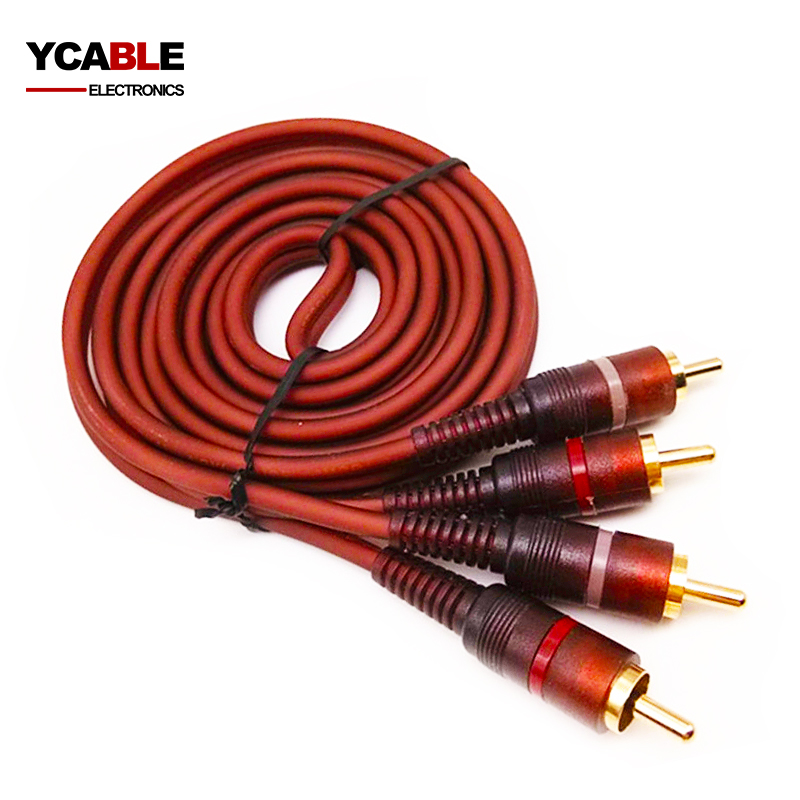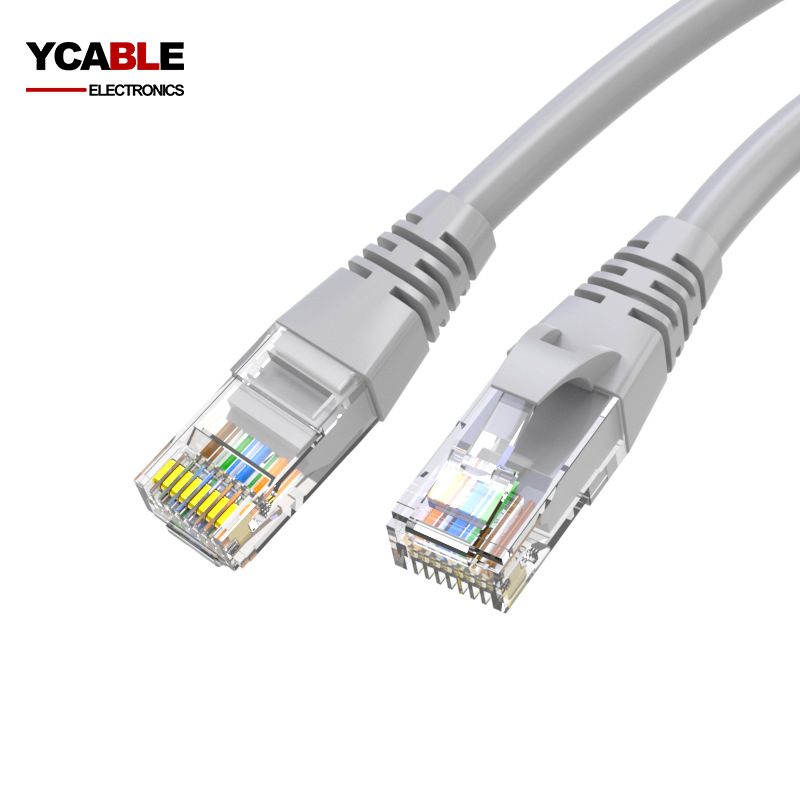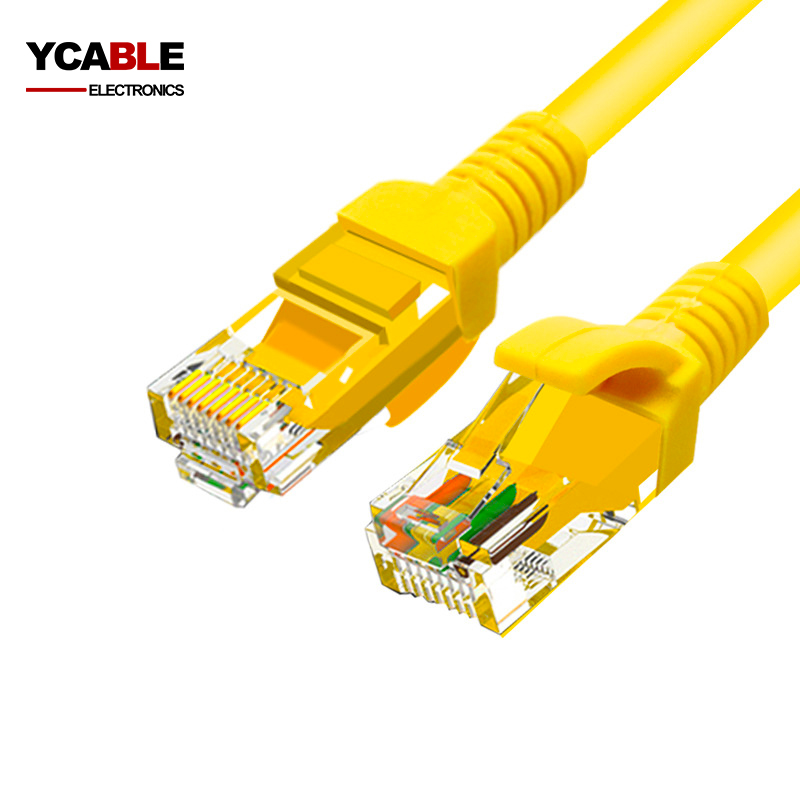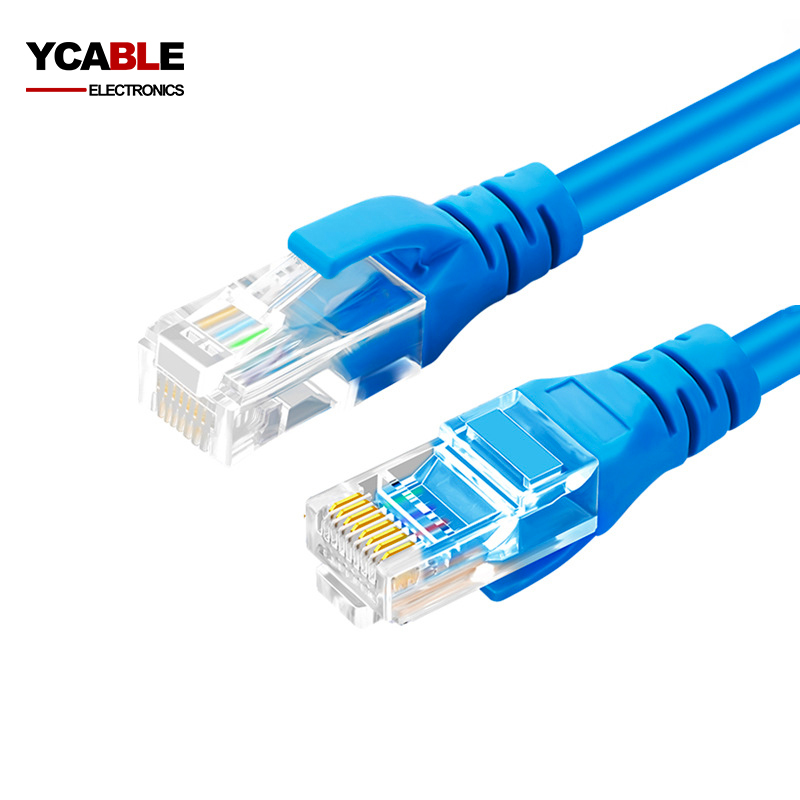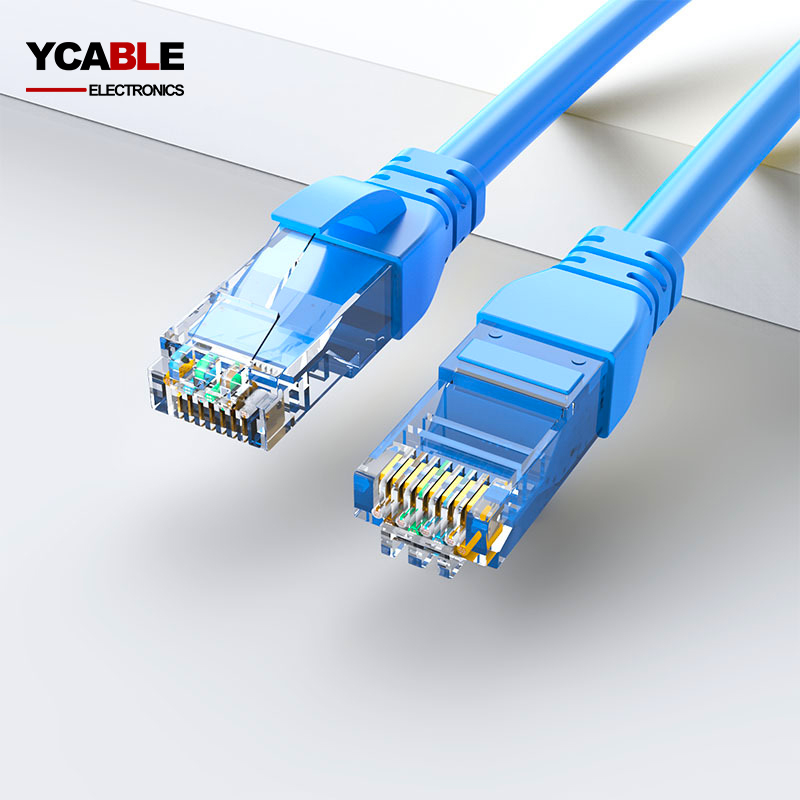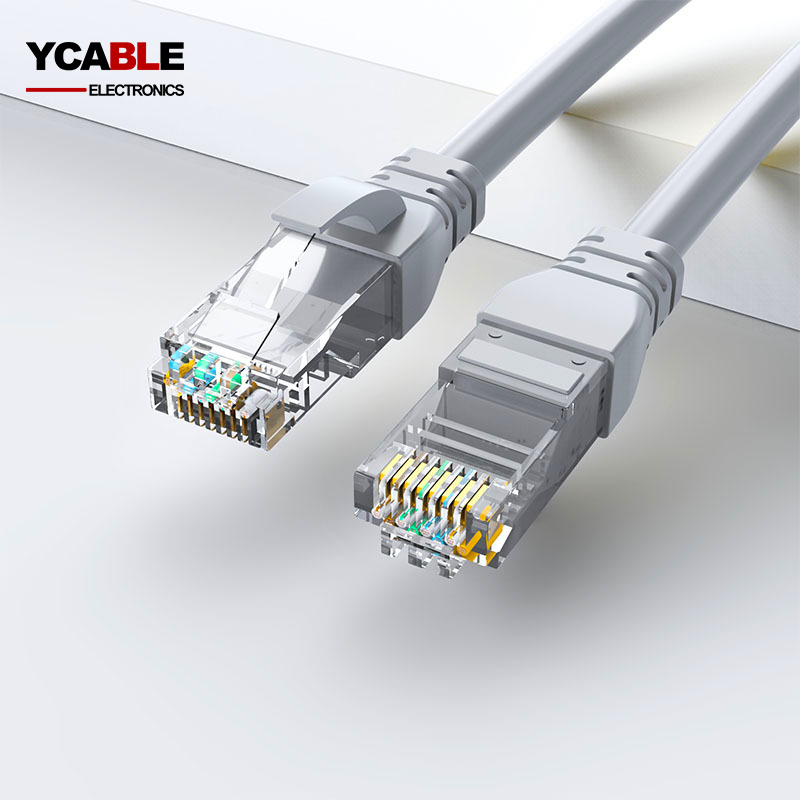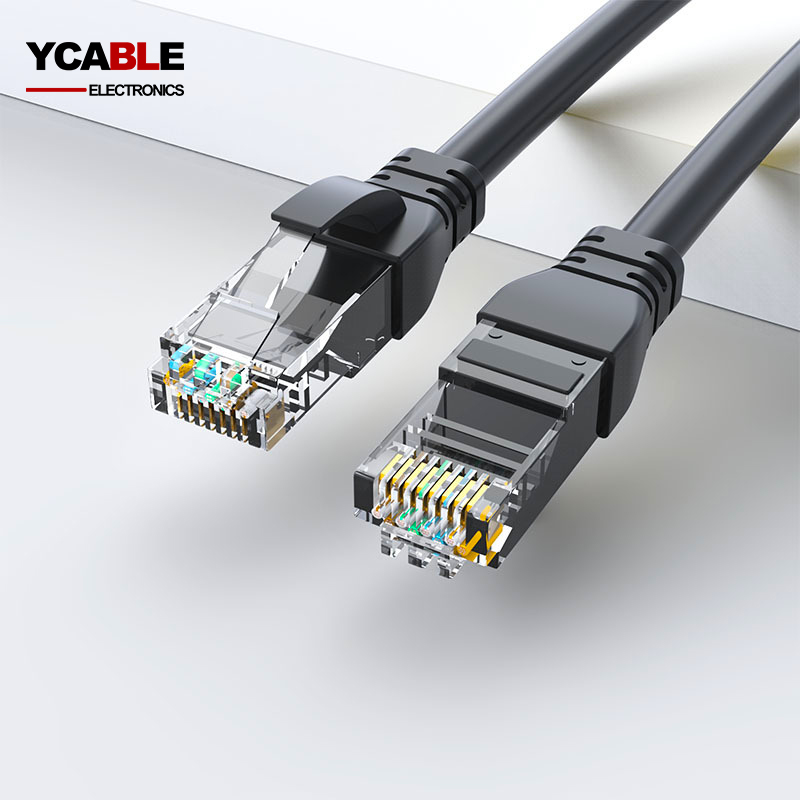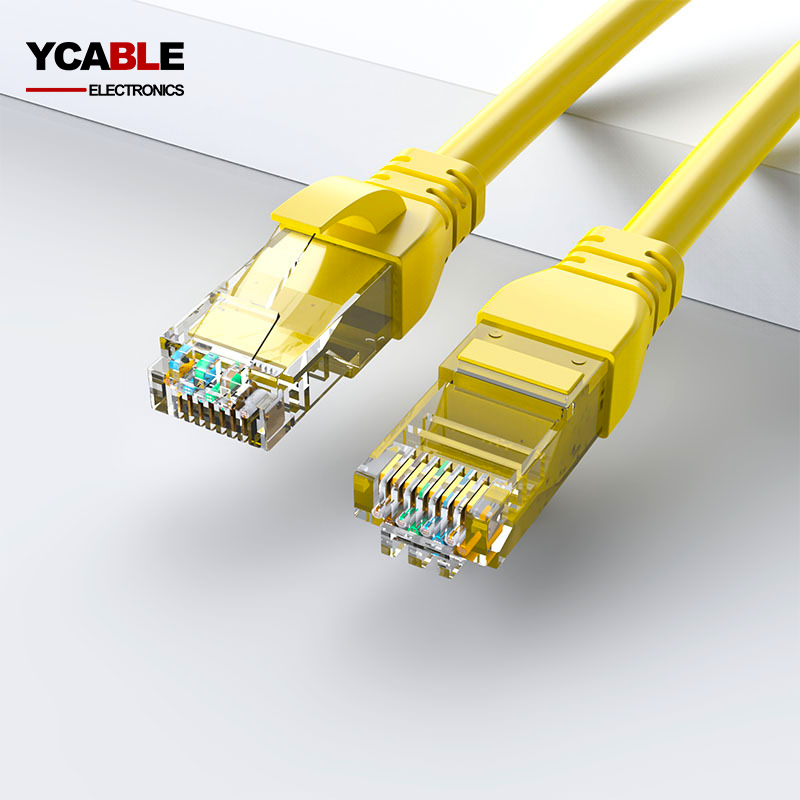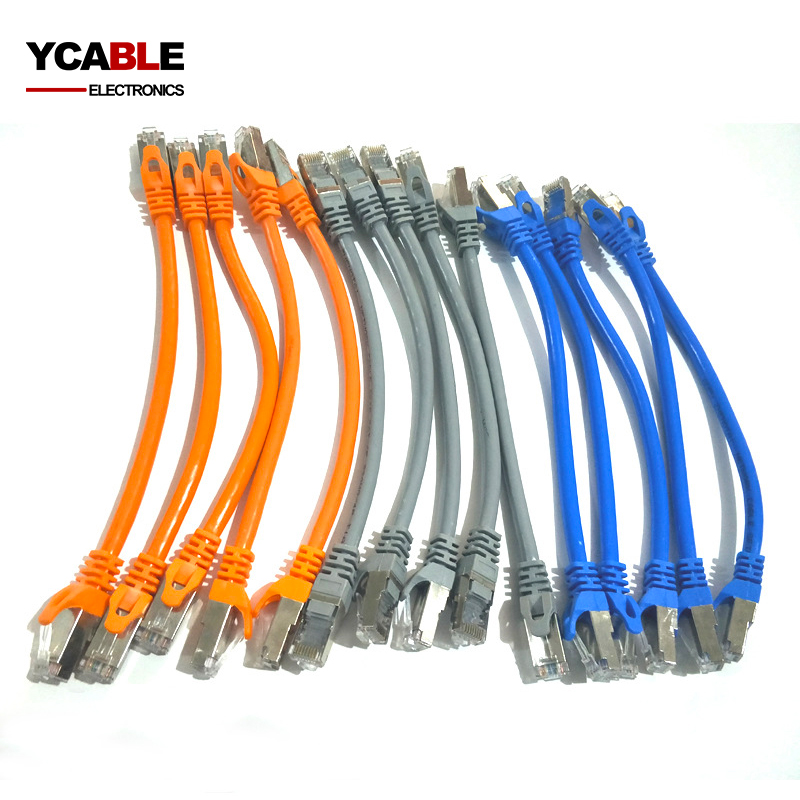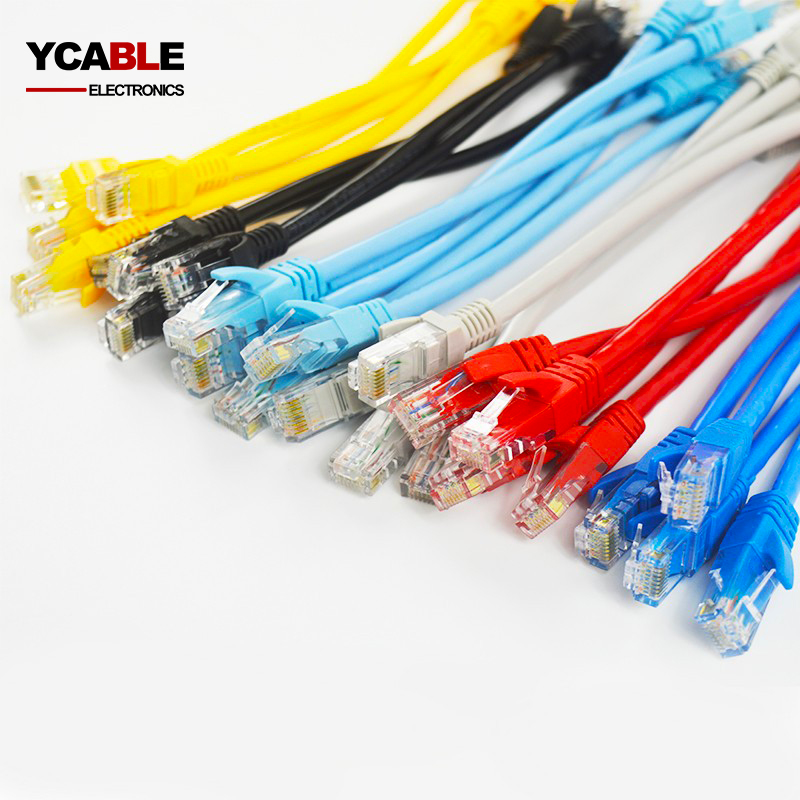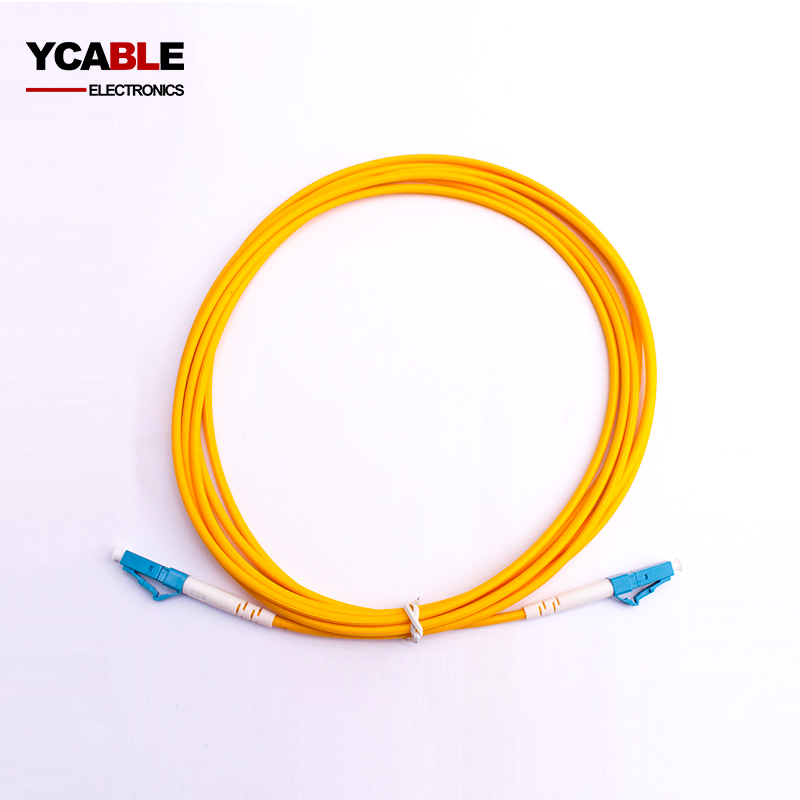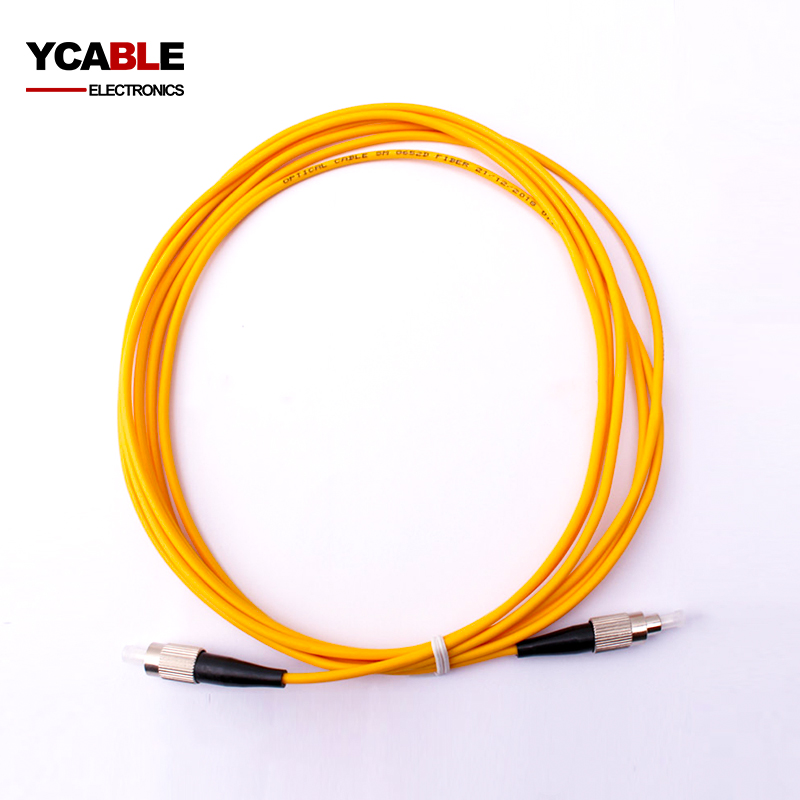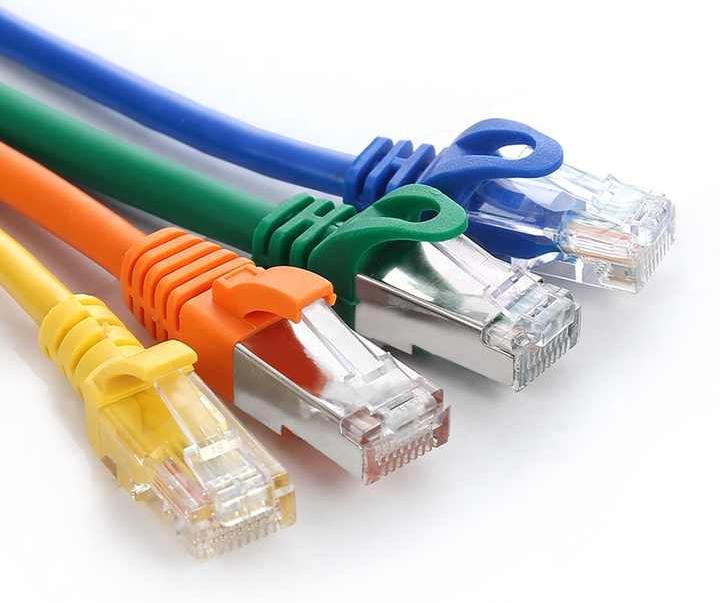Custom Patch Cables Patch Cord Manufacturers
RCA Audio Cable
Custom RCA Audio Cables Gold-plating 2 male to 2 male RCA cables for amplifier/subwoofer
Cat 5 Patch Cords Ethernet Patch Cable
A Cat 5 patch cord, commonly known as a patch cable, is a vital component in networking
Cat 5E FTP Ethernet Patch Cable
Cat5e Shielded (FTP) Ethernet Network Patch Cable, 26AWG, 1000Base-T This Cat5e FTP patc
Cat 5e SFTP Patch Cable
Cat 5e SFTP Patch Cord, a product of SFTP Patch Cord Manufacturer, represents an advance
Cat 6 Ethernet Patch Cable
A Cat6 patch cable, alternatively referred to as a Cat6 Ethernet cable, is a specialized
Cat 6 FTP Ethernet Patch Cord
CAT6/CAT6A Ethernet FTP Patch Cable, Non-Booted Crimped/Assembly Style: YCABLE ELECTRONI
Cat 6a FFTP Patch Cable
CAT6a FFTP Patch Cords, developed and produced by leading cat6a fftp patch cable manufac
Cat 6a SFTP Patch Cord
The Cat 6A SFTP patch cable, a part of YCABLE ELECTRONICS's advanced product lineup, fea
Custom Ethernet Patch Cables
Custom Ethernet Patch Cables, At YCABLE ELECTRONICS, we specialize in crafting Custom Et
CCA Ethernet Patch Cord
Copper Clad Aluminum (CCA) ethernet cables, encompassing Cat5e and Cat6 CCA patch cords,
LC-LC Optical Fiber Patch Cord
The LC-LC Fiber Optic Patch Cord is a compact and versatile patch cable, extensively uti
FC-FC Optical Fiber Patch Cable
The FC FC Fiber Optic Patch Cord serves as an integral component in networking. It's des
What is patch cables?
Ah, patch cables, the unsung heroes of network infrastructures. These are the nifty cords that serve as the conduits for your data and signals, linking one device to another. In essence, a patch cable is a general term for any cabling used to connect ("patch-in") two electronic devices together.
Ethernet Patch Cables
An Ethernet patch cable is a type of network cable used for wired connections between devices. These cables typically feature RJ-45 connectors at both ends, transmitting data through twisted pair wiring schemes like CAT5e, CAT6, or CAT7. It's basically the VIP lane for your data, making sure it gets where it needs to go, pronto.
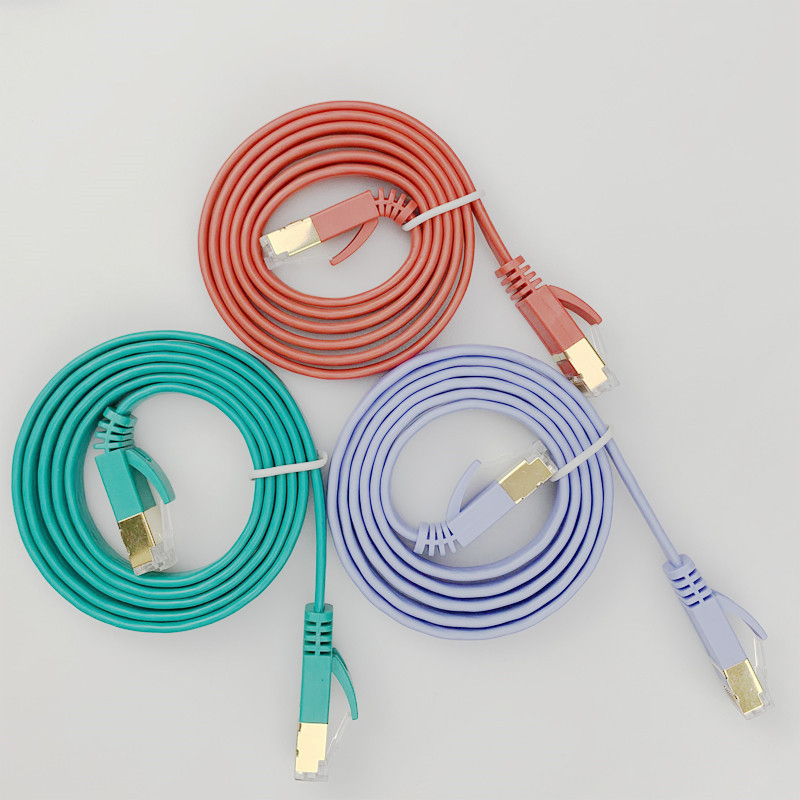
The Specifications
- CAT5e: A veteran but still relevant. Supports speeds up to 1 Gbps with a maximum length of 100 meters.
- CAT6: The modern standard. Handles up to 10 Gbps for shorter distances.
- CAT7: The future is now. Ideal for high-speed applications, offering up to 100 Gbps over short runs.
When Would You Use One?
- Office Networks: When Jack at accounting needs to send an "urgent" email, it's the Ethernet patch cable that makes it happen without a hitch.
- Data Centers: These cables are essentially the nervous system of any data center, ensuring the seamless flow of bits and bytes.
- Industrial Applications: From manufacturing floors to shipping docks, robust Ethernet patch cables can withstand the rigors of industrial environments
Optical Fiber Patch Cables
For those who need the fastest and most secure connections, optical fiber is your ally. This type is commonly used in data centers or for high-performance computing needs.
Optical Fiber Patch Cables—the proverbial Ferraris of the cable world. Fast, efficient, and a little bit luxurious, these cables are the go-to for anyone serious about speed and signal integrity. But let's get into the nitty-gritty, shall we?
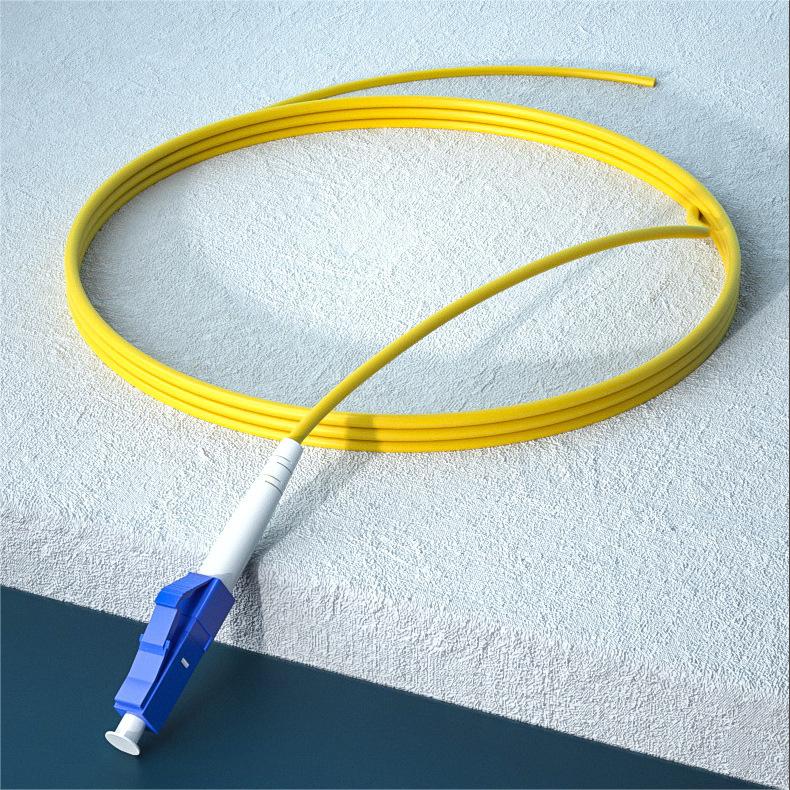
The Basics of Optical Fiber Patch Cables
An Optical Fiber Patch Cable is a type of cable that uses light to transmit data as opposed to electrical signals. The core of the cable is made of glass or plastic fibers, allowing for incredibly high-speed data transmission over longer distances with minimal signal loss. They're commonly used in telecommunications, broadband networks, and data centers.
Types of Optical Fiber Patch Cables
- Single-Mode: Ideal for long-distance applications and high bandwidth. Uses a single light path for data transmission.
- Multi-Mode: More suited for short distances like within a building or a campus. Multiple light paths are used for data transmission.
What Sets Them Apart?
- Minimal Interference: Optical fibers are less susceptible to electromagnetic interference, making them the darling of environments that need signal purity.
- High Bandwidth: We're talking bandwidth that can go up to terabits per second. Yes, terabits.
- Security: The nature of light-based transmission makes it less vulnerable to data interception, offering an added layer of security.
Applications Where They Shine
- Data Centers: For high-volume, high-speed data transmission.
- Telecommunications: Over long distances and undersea cables.
- Medical Fields: Used in imaging devices and other critical machinery.
Audio/Video Patch Cables
Don't forget these classic heroes of the entertainment and broadcasting sectors. Whether it's RCA, XLR, or TRS, these patch cables keep our senses engaged.
the Audio/Video Patch Cables—a harmonious blend of sight and sound, the conductors of your multimedia orchestra, if you will. These cables deserve a standing ovation for their role in connecting devices that entertain and inform us. But let's not be swept away by the fanfare; instead, let's dive into the details.
Audio Patch Cables
- RCA: Best known for connecting stereo equipment.
- XLR: Used in professional audio applications.
- TRS: Think headphones and microphones.
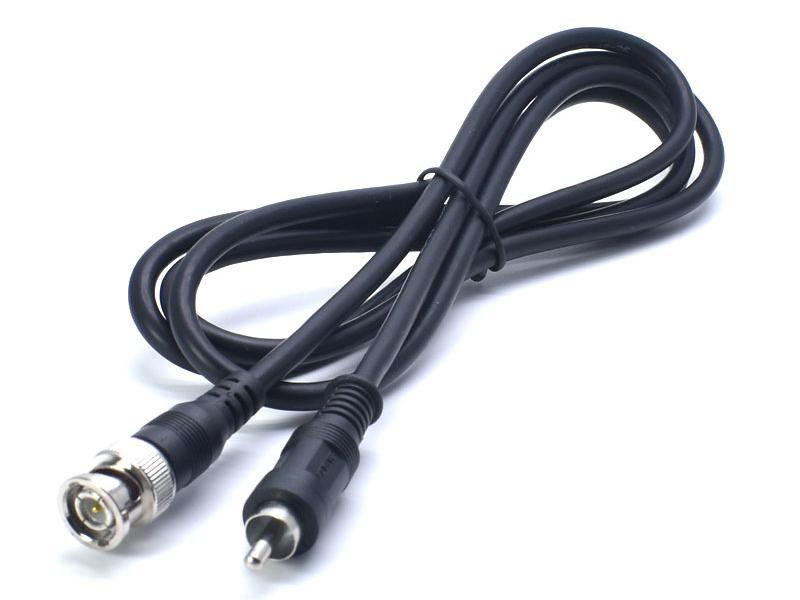
Video Patch Cables
- HDMI: High-definition video and audio.
- VGA: Good old video graphics array, still found in legacy systems.
- Composite: One for video, and optionally one or two for audio.
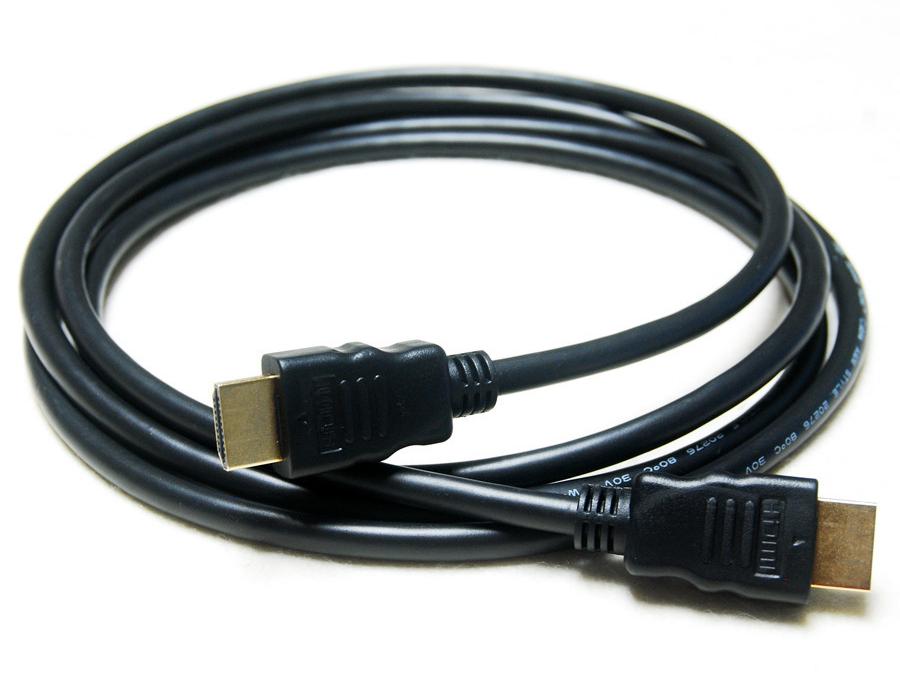
Can I use a patch cable as an ethernet cable?
While an Ethernet cable is a type of patch cable, not all patch cables are suitable for Ethernet use, Patch cores used as Ethernet cables specifically refer to patch cores using RJ-45 connectors.
patch cables with RJ-45 connectors are most often Ethernet cables in disguise. Or rather, they're specialized types of Ethernet cables designed for patching in Ethernet networks. So, let's separate the wheat from the chaff, shall we?
The Anatomy of an RJ-45 Patch Cable
A patch cable with RJ-45 connectors is generally made of twisted pairs of copper wire and is designed to connect devices in local area networks. They're often used for:
- Connecting PCs to network switches or routers
- Linking network switches to each other
- Connecting network-attached storage devices to a network
Key Points to Consider
- Compatibility: Make sure that the patch cable in question adheres to Ethernet standards like CAT5e, CAT6, or CAT7. This ensures the cable is up to the task for the speeds and distances you need.
- Performance: Be aware of the cable category (CAT) as it defines the cable's performance characteristics. A CAT6 cable, for example, can handle higher data rates than a CAT5e.
- Length: Patch cables are usually shorter and used for connections within the same room or rack. However, they can be designed to be longer if the application requires it.
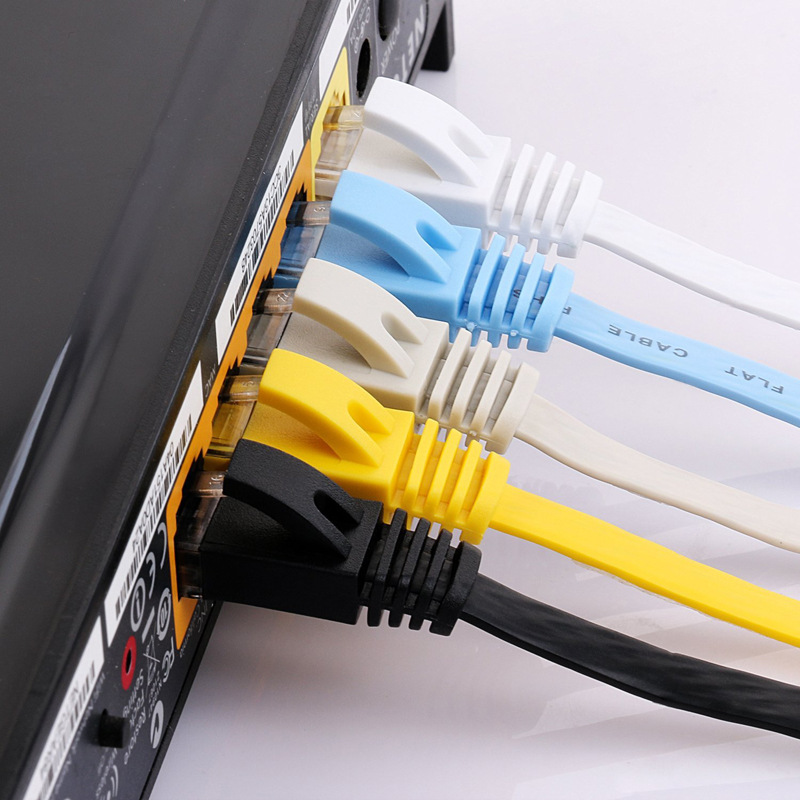
How to patch ethernet cable?
the art of patching an Ethernet cable—a bit like knitting, but for the tech-savvy. As simple as it may seem, the nuances make all the difference. So, grab your toolkit; let's get you patched in.
Tools You'll Need
- Stripping Tool: For removing the cable's insulation.
- RJ-45 Connectors: The stars of the show.
- Crimping Tool: For securing the connectors in place.
- Ethernet Cable: Preferably CAT5e, CAT6, or CAT7.
- Cable Tester: To ensure your work of art actually functions.
Step-by-Step Guide
Step 1: Cut and Strip
- Cut your Ethernet cable to the desired length. Using the stripping tool, remove about 1.5 inches of the outer insulation, exposing the inner wires.
Step 2: Untwist and Arrange
- Untwist the exposed pairs and arrange them in the following standard T-568B order
- White/Orange, Orange, White/Green, Blue, White/Blue, Green, White/Brown, Brown
Step 3: Trim and Insert
- Trim the arranged wires to an even length, about half an inch from the insulation. Insert the wires into an RJ-45 connector, making sure they stay in their assigned positions.
Step 4: Crimp It
- Insert the connector (wires in) into the crimping tool and give it a good squeeze. This action will push the pins down, securing the wires in place.
Step 5: Test, Test, Test
- Use a cable tester to ensure that all the pins are correctly connected. If the tester gives you the green light, you've just crafted a bona fide Ethernet cable.
And there you have it! With some basic tools and a bit of know-how, you've become a bona fide Ethernet patch cable artisan. Feel free to hang this guide on the wall of your workshop—or, you know, just bookmark it.
For inquiries about professional-grade patch cables, Ethernet cables, or any other wire harness and cable assembly needs, don't hesitate to get in touch. We're all about providing quality products and unparalleled after-sales service. In other words, we're here to keep you connected, in the most splendid way possible.
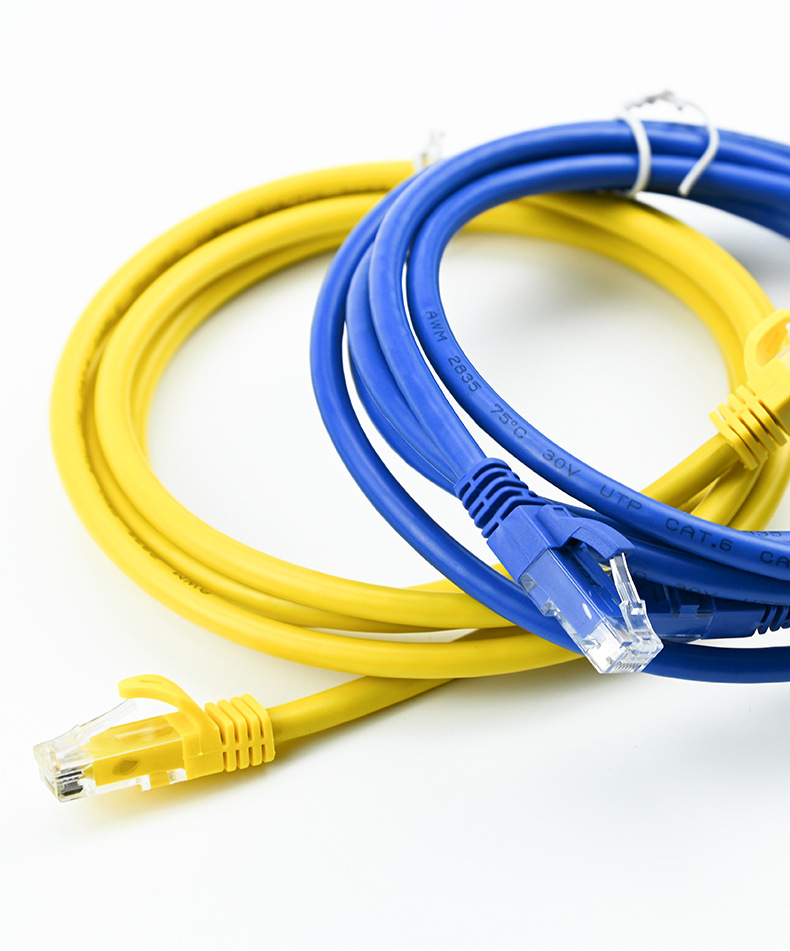
Ethernet Patch Cord Classification
By Category (CAT)
CAT5e Patch Cords
- Speed: Up to 1 Gbps
- Max Distance: 100 meters
- Use Case: Home networking, small office setups
CAT6 Patch Cords
- Speed: Up to 10 Gbps (effective up to 50 meters)
- Max Distance: 100 meters (for lower speeds)
- Use Case: Modern business networks, entry-level data centers
CAT6a Patch Cords
- Speed: Up to 10 Gbps
- Max Distance: 100 meters
- Use Case: Advanced office networks, large data centers
CAT7 Patch Cords
- Speed: Up to 10 Gbps
- Max Distance: 100 meters
- Use Case: Industrial networks, high-speed data centers
By Shielding Type
U/FTP Patch Cords
- Description: Unshielded twisted pairs
- Use Case: Light-duty applications, home use
F/UTP Patch Cords
- Description: Foil shield surrounds unshielded twisted pairs
- Use Case: Medium-duty applications, moderate interference
S/FTP Patch Cords
- Description: Shielded twisted pairs with an overall foil shield
- Use Case: Heavy-duty applications, high interference environments
By Length
- Short Patch Cords: Ideal for connecting devices within the same rack or enclosure.
- Medium-length Patch Cords: For intra-office or room-to-room connections.
- Long Patch Cords: Custom lengths for specific networking needs.
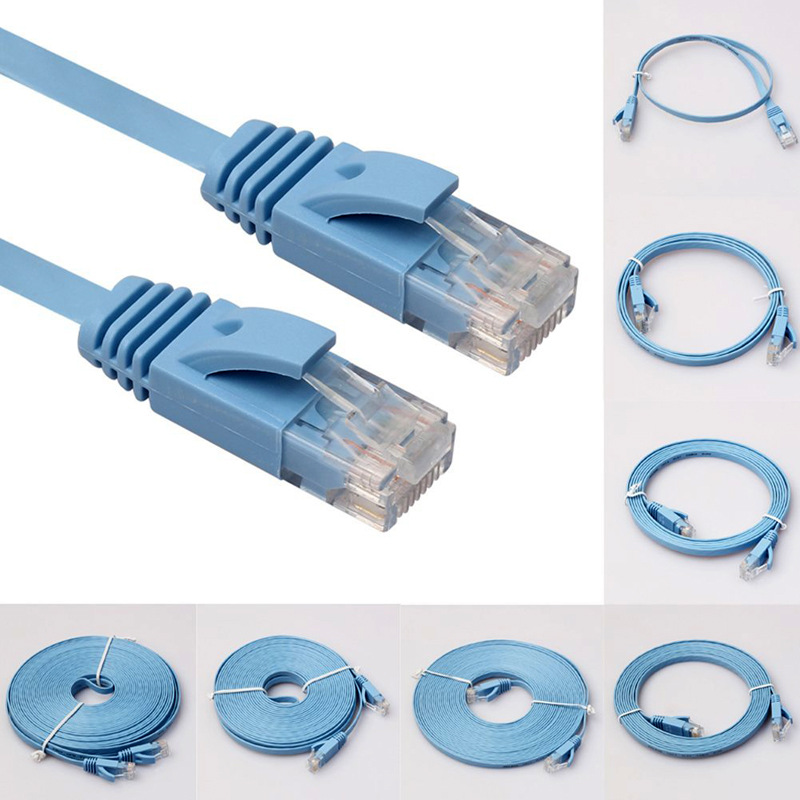
Custom Patch Cords
custom patch cords—the sartorial elegance in a world of off-the-rack networking solutions. Customization here is not a mere luxury; it's often a necessity, especially in specialized networking scenarios. Let's break down why and how you might go bespoke in the realm of patch cords.
Why Go Custom?
- Unique Lengths: Standard patch cords often come in predetermined lengths. Custom cords can be manufactured to the exact length you require, avoiding slack and ensuring a tidy network setup.
- Specialized Connectors: While RJ-45 is the most common, your network might require specialized connectors. Custom patch cords can incorporate anything from LC to SC connectors for optical networking, for example.
- Cable Material: From plenum-rated to outdoor-rated materials, custom patch cords can be designed to meet specific environmental needs.
- Color-Coding: Need to keep your cables organized by function or department? Custom color-coding can make life much easier for your IT team.
Key Considerations
- Project Scope: Understand the scale of your project. The more complex the network, the more likely you'll benefit from custom patch cords.
- Performance Requirements: Specify the category (CAT) and shielding requirements to meet or exceed your performance expectations.
- Compatibility: Ensure the custom patch cords are compatible with the existing infrastructure—be it Ethernet switches, routers, or patch panels.
- Lead Time: Custom orders often require additional time for manufacturing and delivery. Plan your project timeline accordingly.
If you're in the market for custom patch cords, look no further. We offer top-tier custom solutions designed to meet your exact specifications. And with our stringent quality control and after-sales service, you can trust that you're making a wise investment.
So, if you have specific needs that off-the-shelf patch cords just can't fulfill, it might be time to consider going custom. After all, in the world of network connectivity, one size does not fit all. Feel free to contact us for more information—we're your tailor in this bespoke world of networking.

